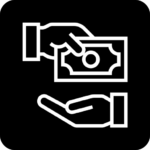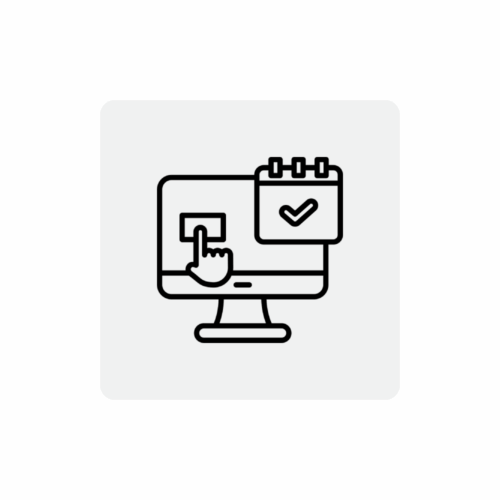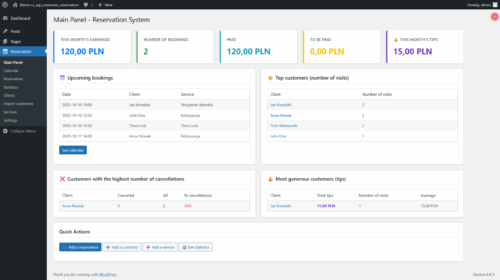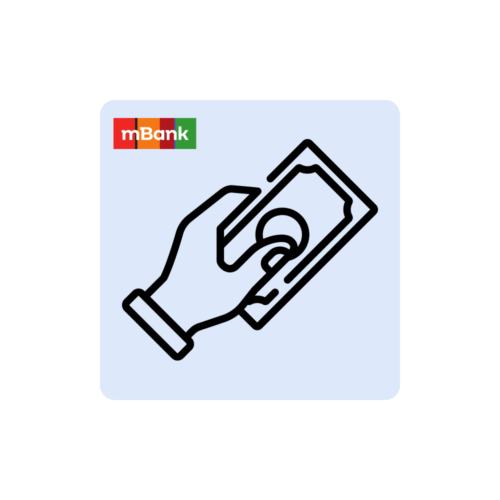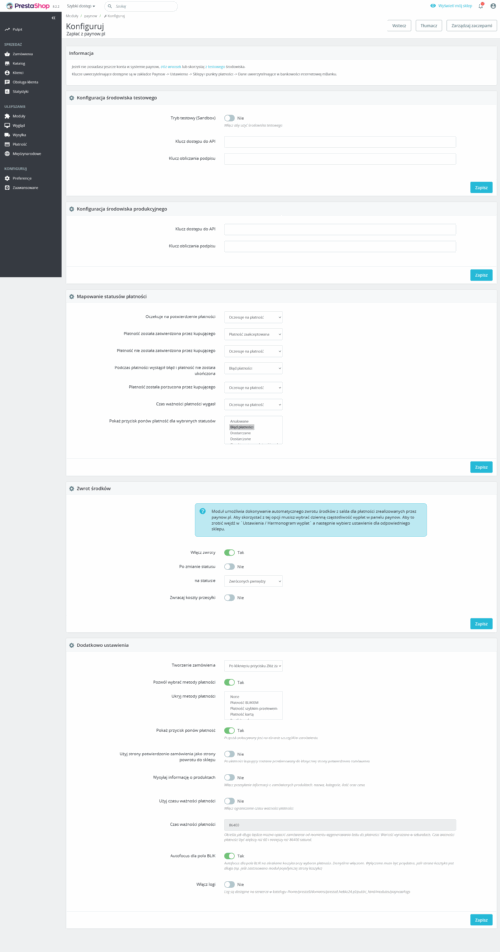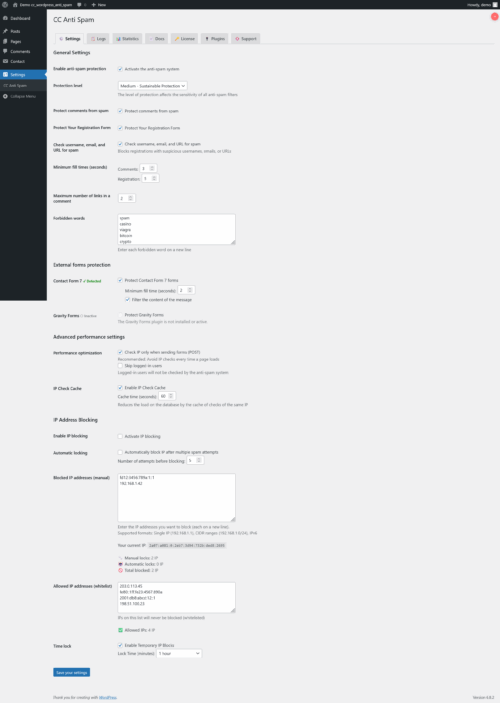In the world of e-commerce, the product description is your best salesperson. It's what convinces customers to buy when they can't touch or try the product with their own eyes. A well-written description can increase conversions by as much as 30%, while a poor description will effectively scare away potential buyers. So how do you write product descriptions?
Why are product descriptions so important?
Most online customers make a buying decision within seconds. In that short time, your description must:
- Build trust
- Answer all your doubts
- Show the value of the product
- Evoke emotions to induce purchase
7 rules for creating descriptions that sell
1. get to know your ideal customer
Before you write the first word, you need to know exactly who you are addressing. Create a portrait of your ideal customer:
- What problems does he have? Look for a product that solves a specific problem
- What language does he speak? Does he use technical jargon or plain language?
- What motivates him? Time savings, prestige, security?
- What concerns does he have? Is it reliability, price, or ease of use?
Example: If you are selling an advanced mechanical keyboard, your customer is probably a programmer or gamer who knows the difference between Cherry MX Blue and Red switches and is looking for specific specifications.
2. focus on benefits, not features
This is the biggest mistake in product copywriting. Customers don't buy features - they buy benefits.
Instead of: "The keyboard has RGB backlighting with 16 million colors." Write: "Create the perfect atmosphere for work or play with backlighting that adapts to any mood."
The principle of transforming features into benefits:
- Feature: What does it do?
- Benefit: Why is this important to the customer?
- Emotion: How does it make the customer feel?
3. use the AIDA formula
A – Attention (Note): Attract the eye with a strong headline I – Interest (Interest): Show why the product is unique D – Desire (Desire): Incite the desire to possess A – Action (Action): Encourage purchase
Example for smartwatch:
Attention: "Smartwatch that will change your life". Interest: "Monitors 50+ sports activities and analyzes sleep quality." Desire: "Imagine waking up each morning rested, knowing exactly what your condition is," he says. Action: "Order now and get a free app with a personalized workout plan."
4. answer all customer questions
Create a list of the most common questions about your product and answer them in the description:
- How big/small is the product?
- What is it made of?
- How long will it last?
- Is it easy to use?
- What does the kit contain?
- What is the guarantee?
- Does it fit my needs?
5. use storytelling
People remember stories better than dry facts. Tell a short story about how your product made a difference in someone else's life.
Example for coffee: "Maria, a busy mom of two, discovered our coffee while looking for a way to have an energized morning. Today she says it's the only coffee that allows her to enjoy the first moments of the day instead of sleeping through them."
6. create a sense of urgency
Subtly indicate why the customer should buy now:
- "Only 3 pieces left in stock".
- "The promotion ends on Sunday."
- "This month's most popular product"
- "Perfect for the upcoming holidays."
7. use power words
Some words have more persuasive power:
Words of confidence: Guaranteed, certified, tested, recommended Words of exclusivity: Exclusive, limited, unique, original Value Words: Free, savings, investment, value Words of emotion: Discover, release, transform, achieve
Structure of an ideal product description
1. headline (5-10 words)
Strong, attention-grabbing title with main benefit
2. introduction (2-3 sentences)
Customer's main problem + how the product solves it
3. key benefits (3-5 points)
The most important reasons for buying in the form of a list
4 Technical details
Specifications for customers who need specifics
5. social proof
Customer reviews, certifications, awards
6 Guarantees and security
Which reduces the risk of buying
7. call to action
Clear, specific encouragement to buy
Common mistakes to avoid
- Writing for all - better to target a narrow group perfectly than to target everyone on average
- Focusing only on features - Customers buy solutions to problems, not lists of specifications
- Use of jargon - If your grandmother won't understand, rewrite in simpler language
- No specifics - Instead of "very fast delivery" write "delivery in 24 hours"
- Ignoring SEO - use keywords, but naturally
- No testing - test different versions of descriptions and measure conversions
Product copywriter's tools
- Competitor analysis - check how market leaders describe similar products
- Google Keyword Planner - Find the keywords your customers are looking for
- A/B testing - test different versions of descriptions
- Heatmaps - see where customers spend the most time
- Customer reviews - the best source of language that customers use
Example of description transformation
BEFORE (poor description): "Mechanical keyboard with Cherry MX Red switches. RGB LED. Full-size. USB cable. Compatible with Windows and Mac."
OP (description that sells): „A keyboard that will make you love typing
Do you dream of a keyboard that responds to every touch with the precision of a Swiss watch? Our Cherry MX Red switches guarantee smooth typing without tiring noise.
✅ Your fingers will thank you - Ergonomic design reduces fatigue even during 8 hours of work
✅ Create your style - 16 million backlight colors to match any desk
✅ Built to last for years - Durability 50 million presses per key
✅ Works with everything - Windows, Mac, Linux - without installing drivers
"After a month of use, I can't imagine going back to a regular keyboard." - Michael, programmer
30 day return policy + 2 year warranty
[ORDER NOW AND RECEIVE A FREE PAD]"
Summary
An excellent product description is a combination of psychology, marketing and storytelling. Remember:
- Get to know your customer - The better you understand it, the more effectively you will sell it
- Benefits before features - show value, not specifications
- Be specific - avoid generalities and empty platitudes
- Test and optimize - A good copywriter never stops improving
Every product description is an opportunity to increase sales. An investment in professional copywriting is an investment that pays for itself many times over - often after the first month.
Need help writing product descriptions for your store? Contact us - We'll help you create descriptions that actually sell.
